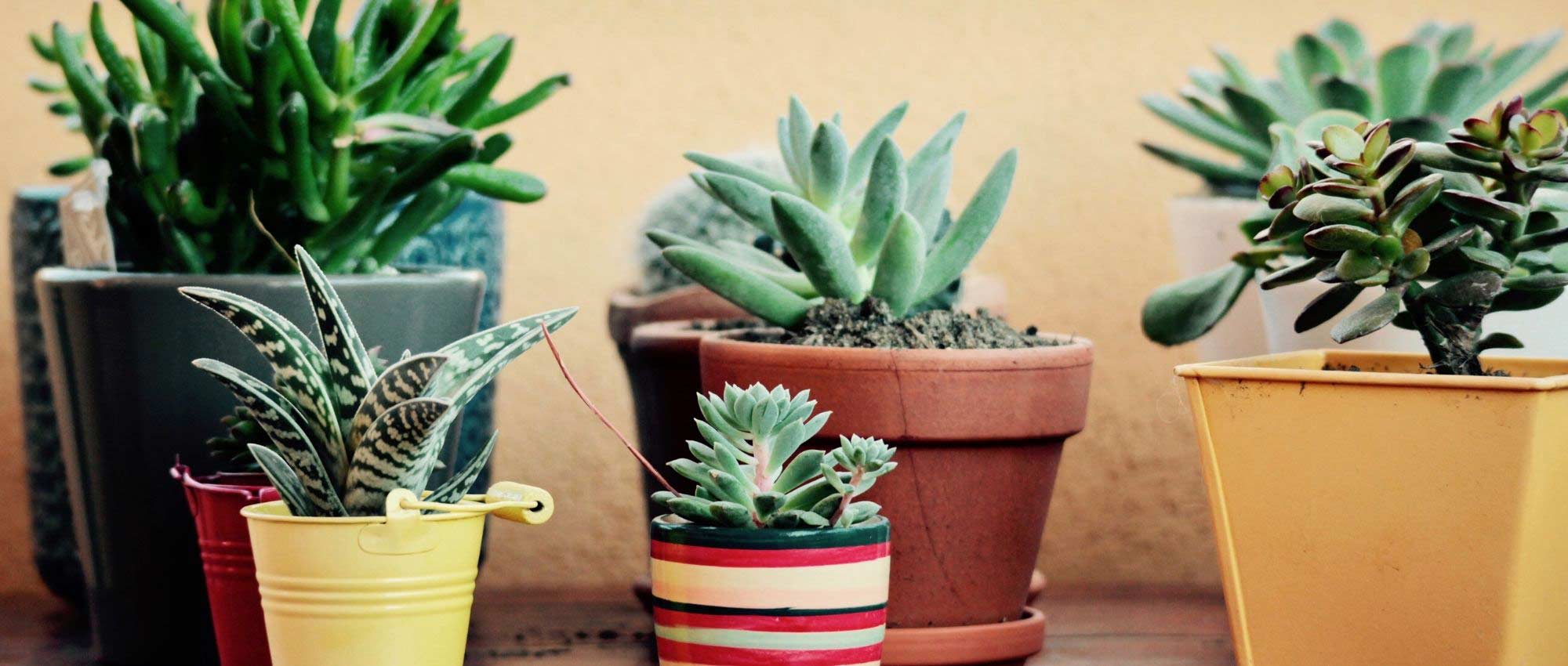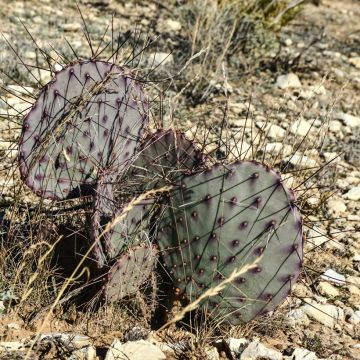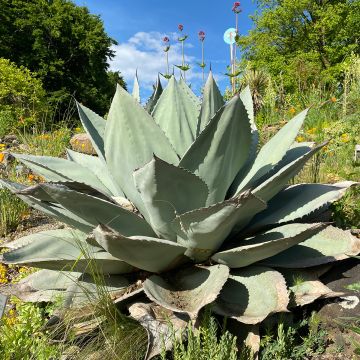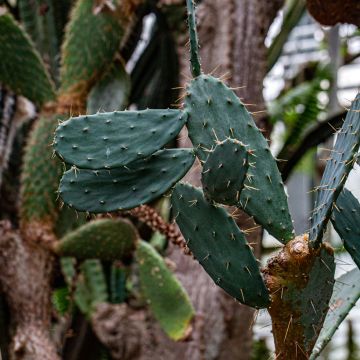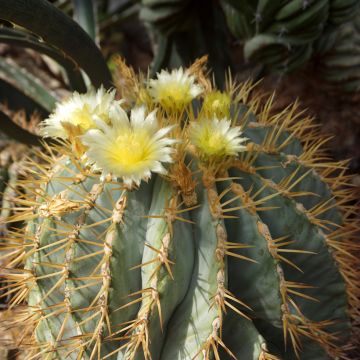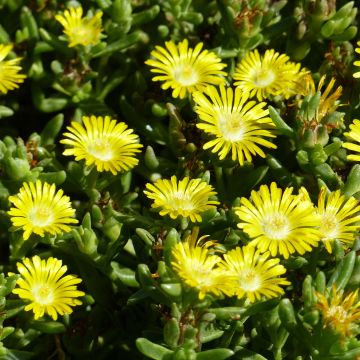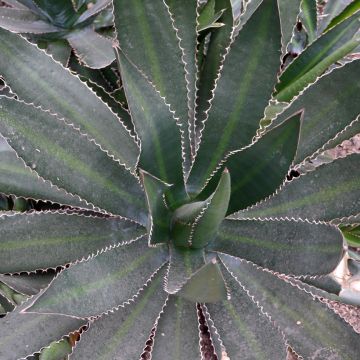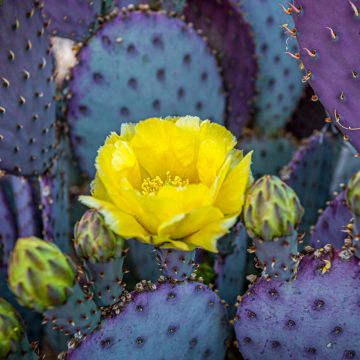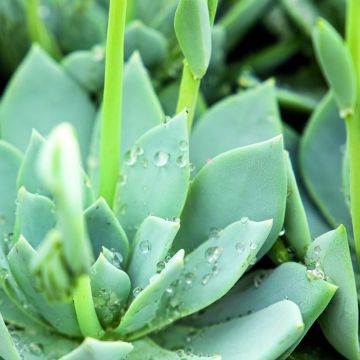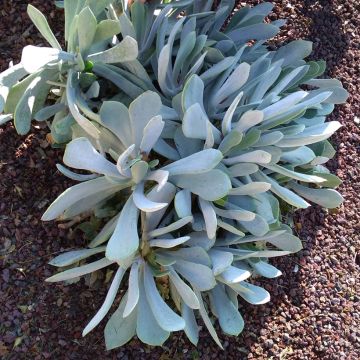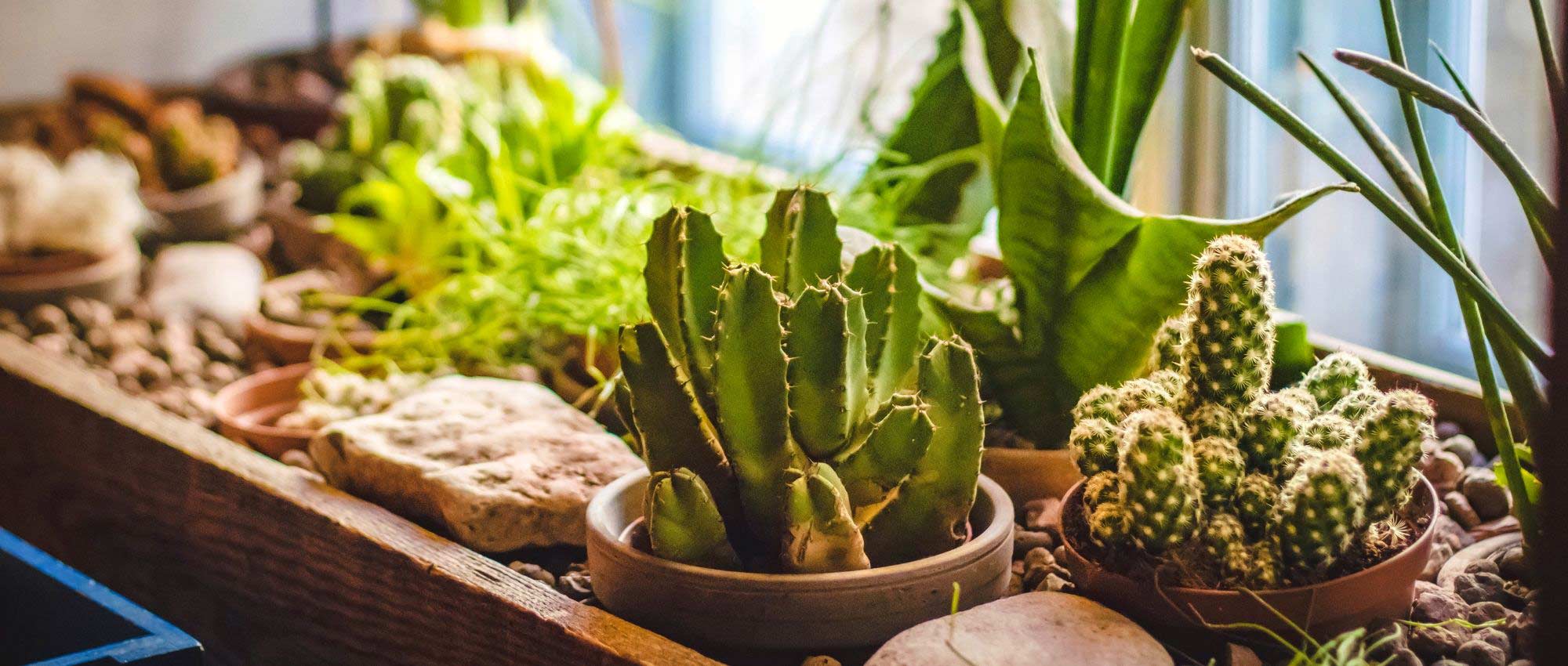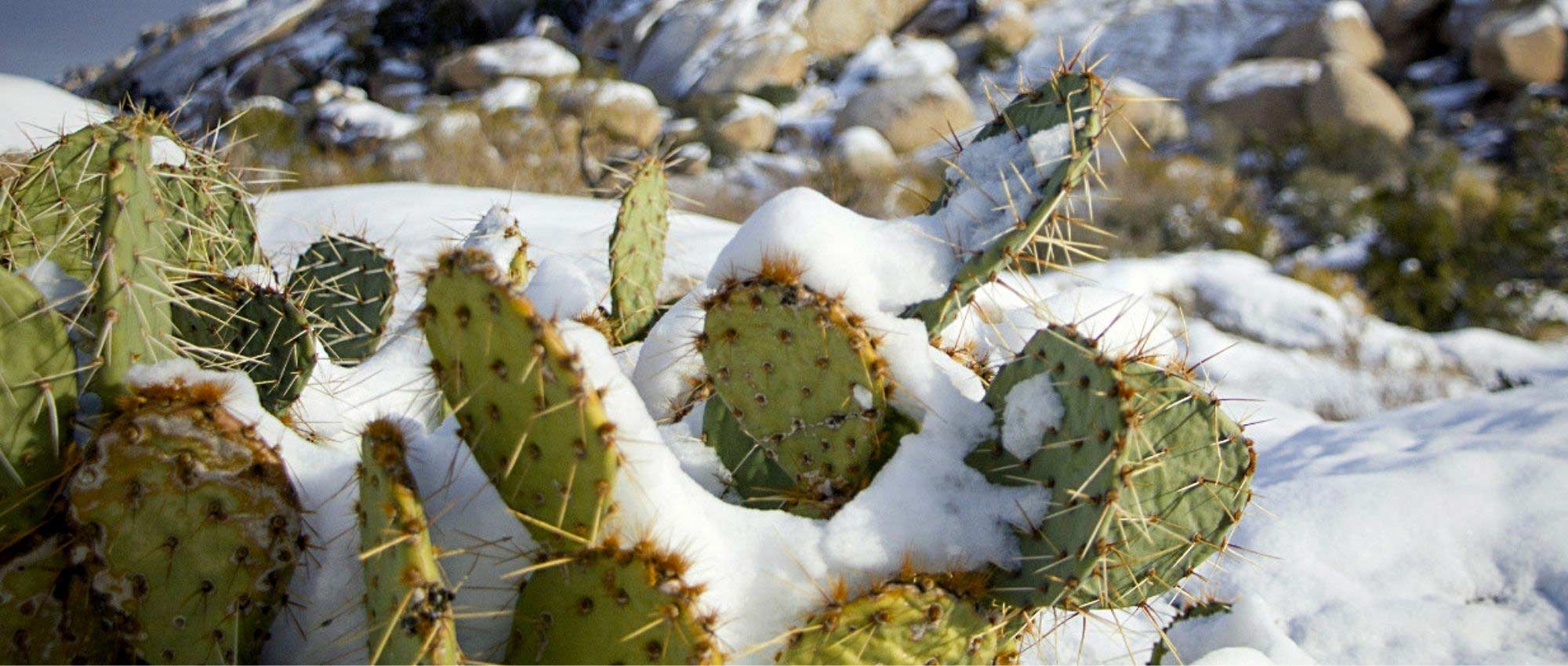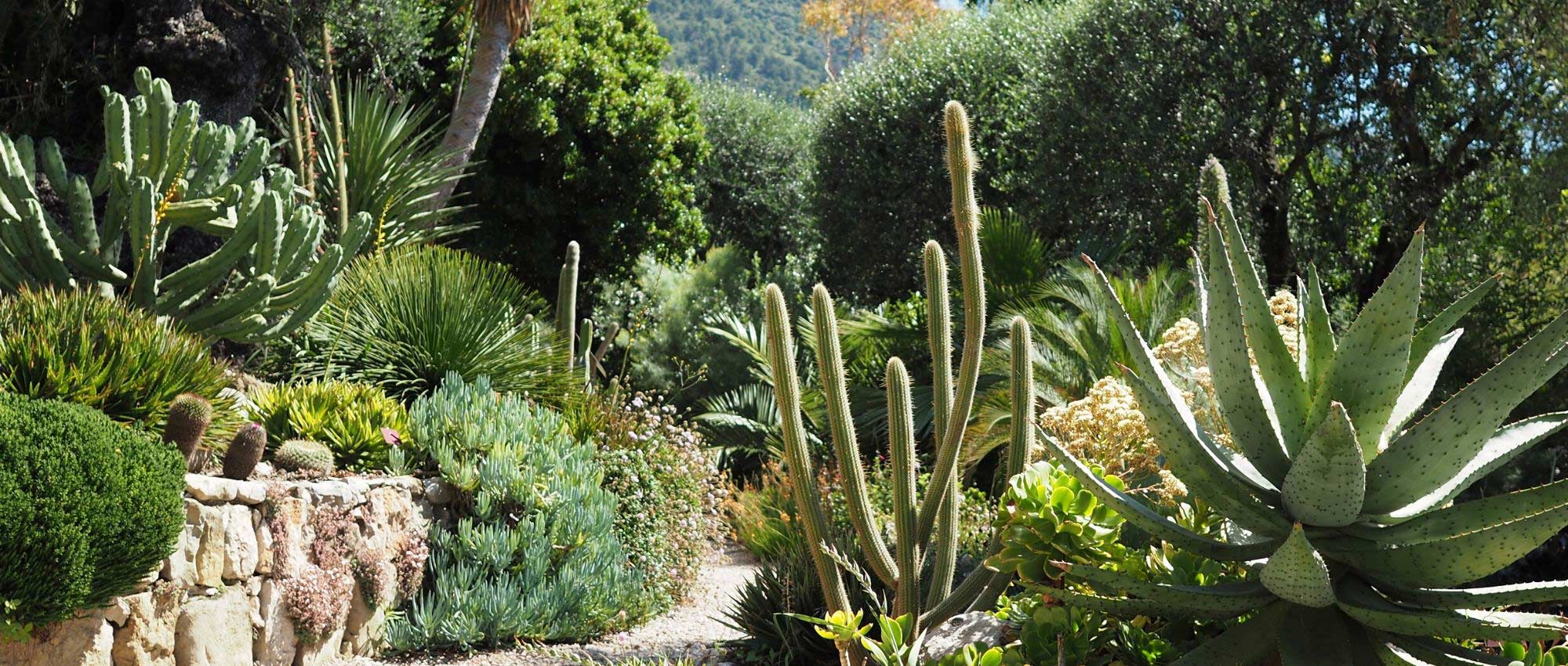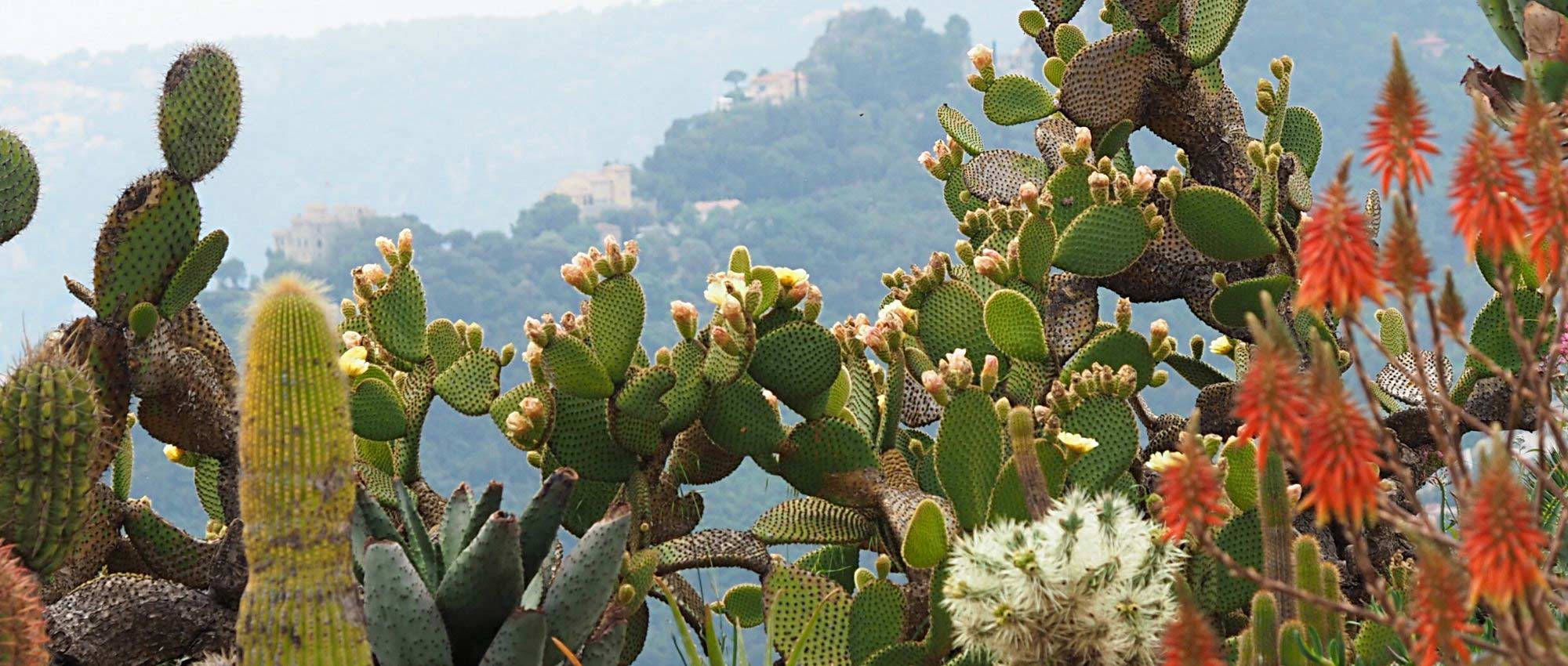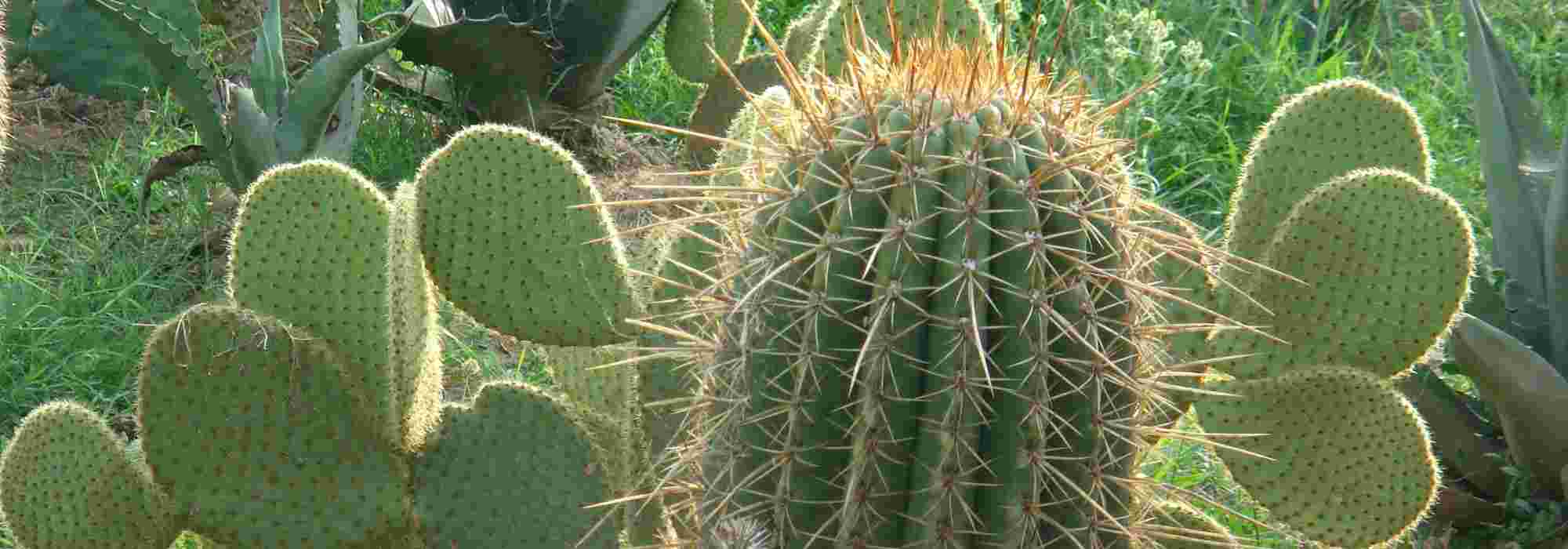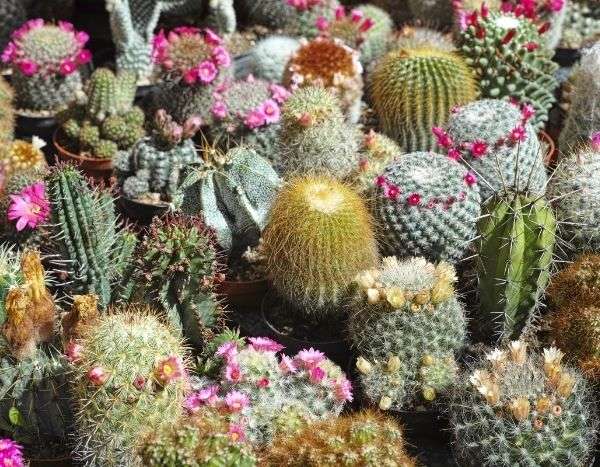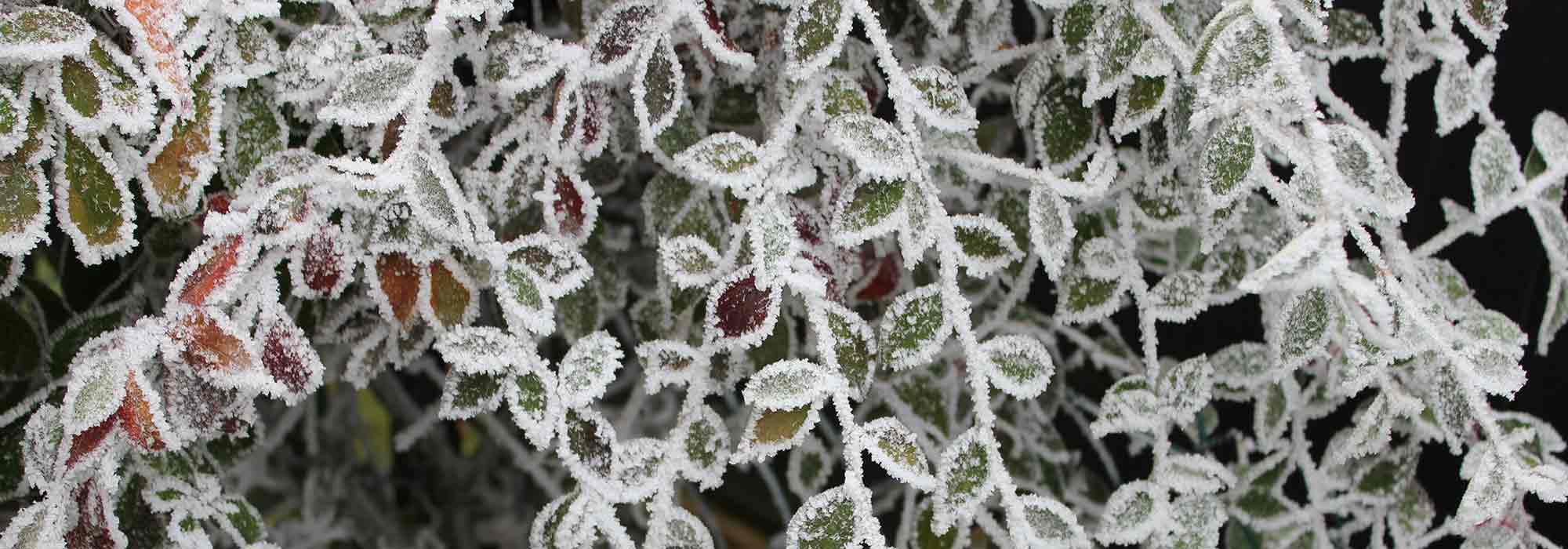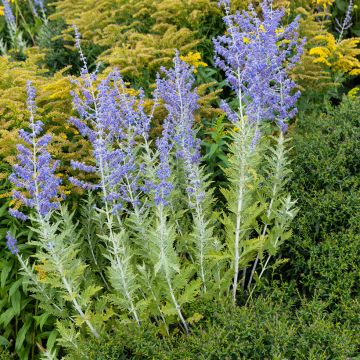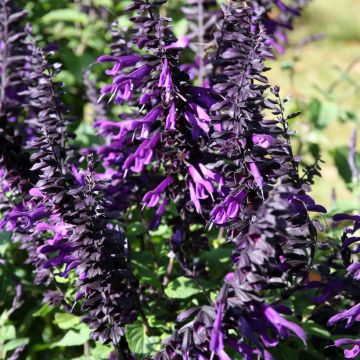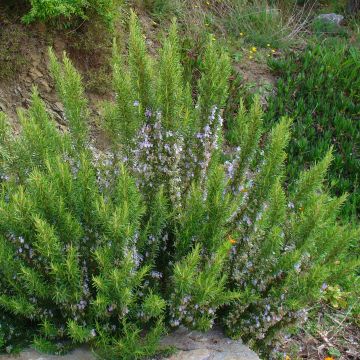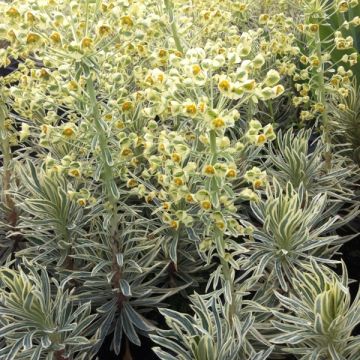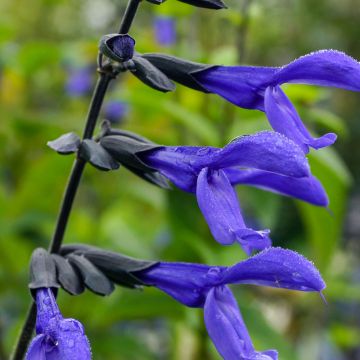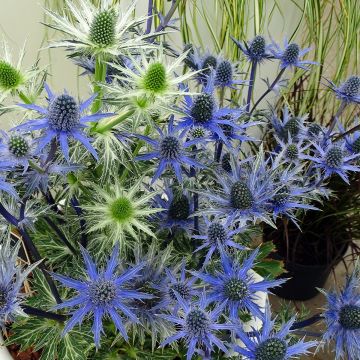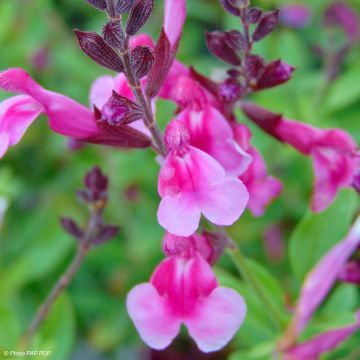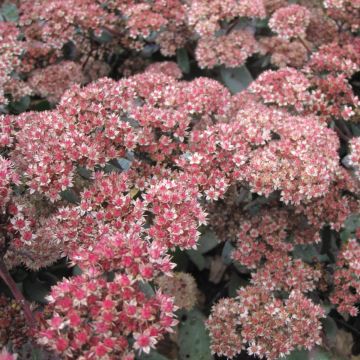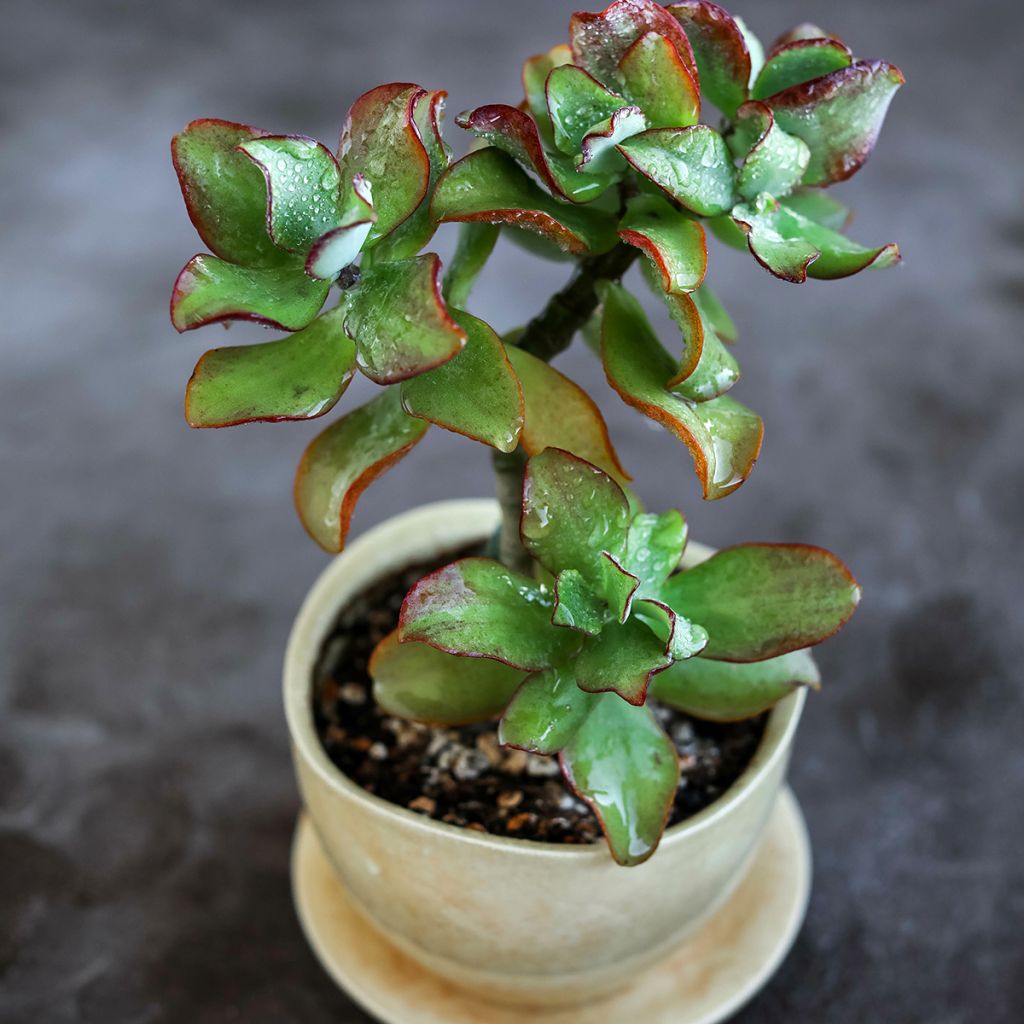

Crassula arborescens Curly Grey
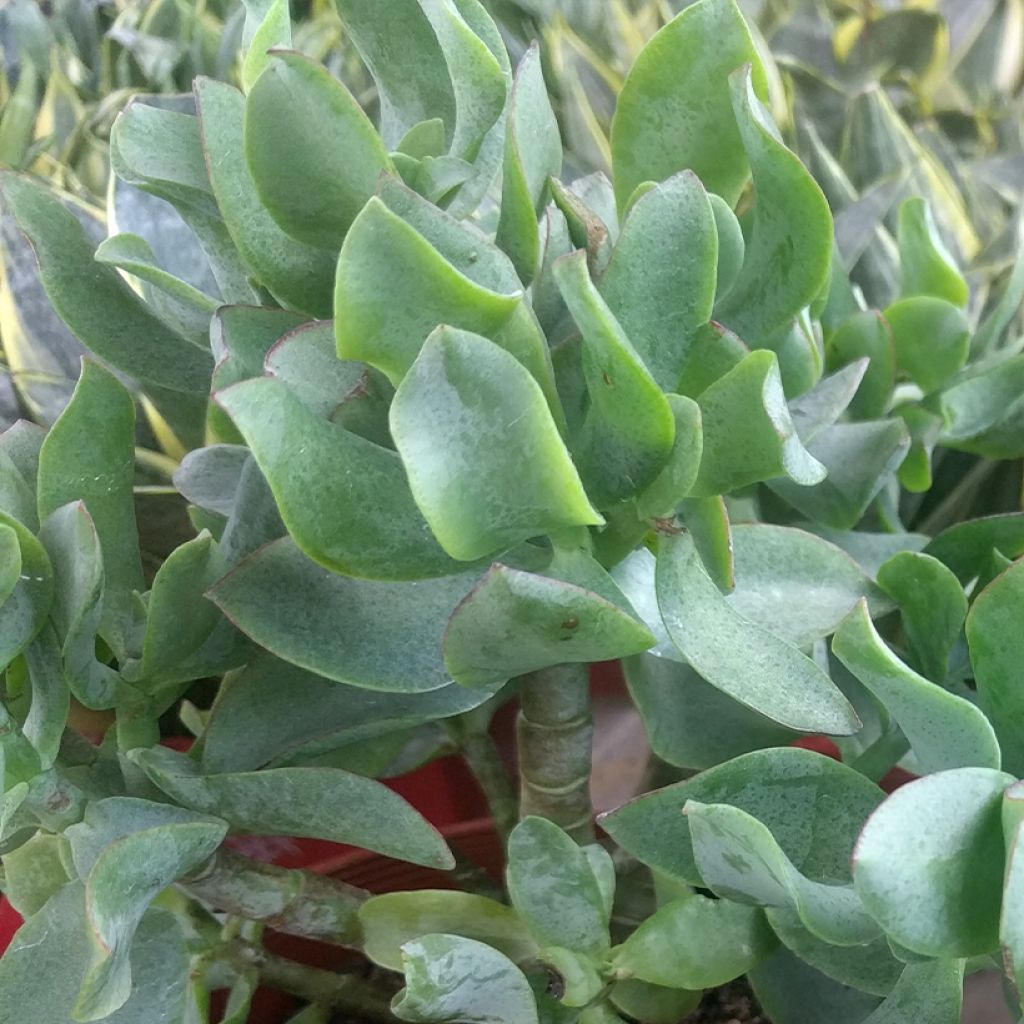

Crassula arborescens Curly Grey
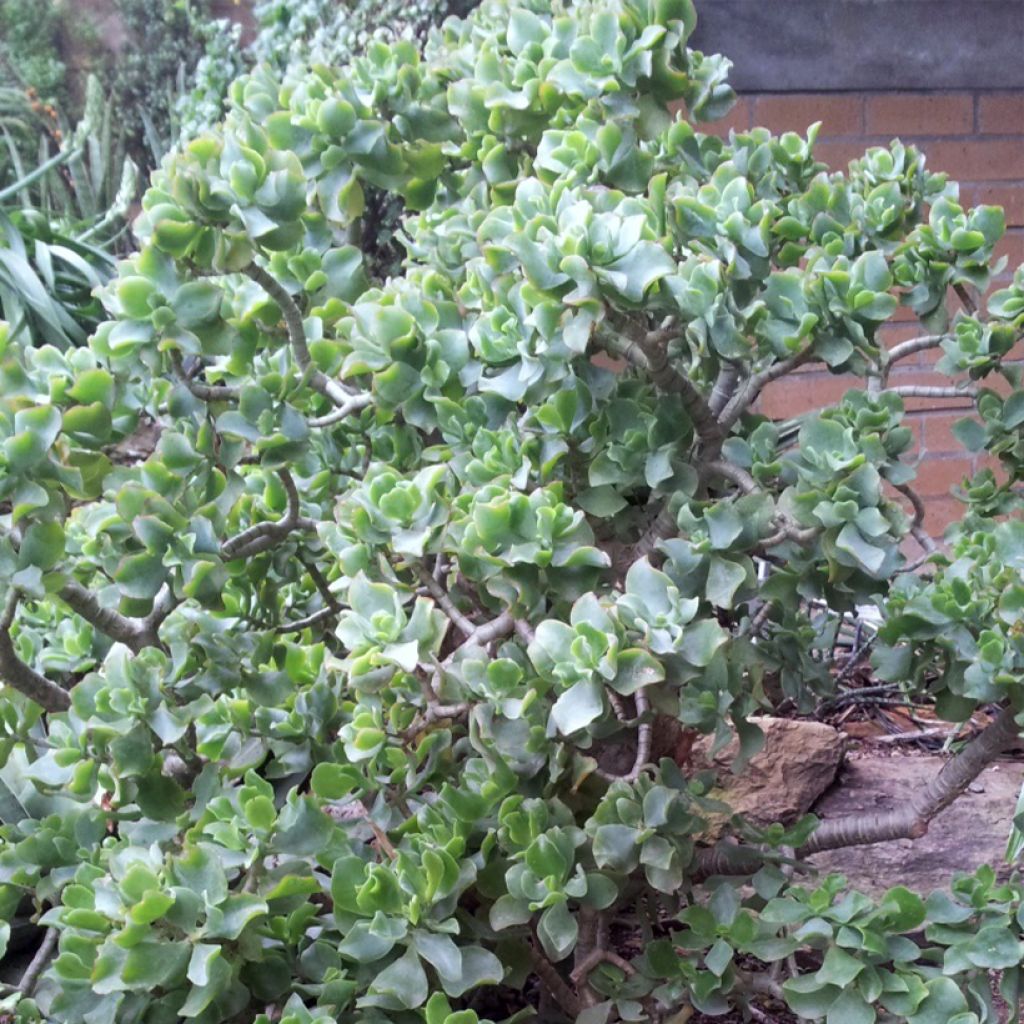

Crassula arborescens Curly Grey
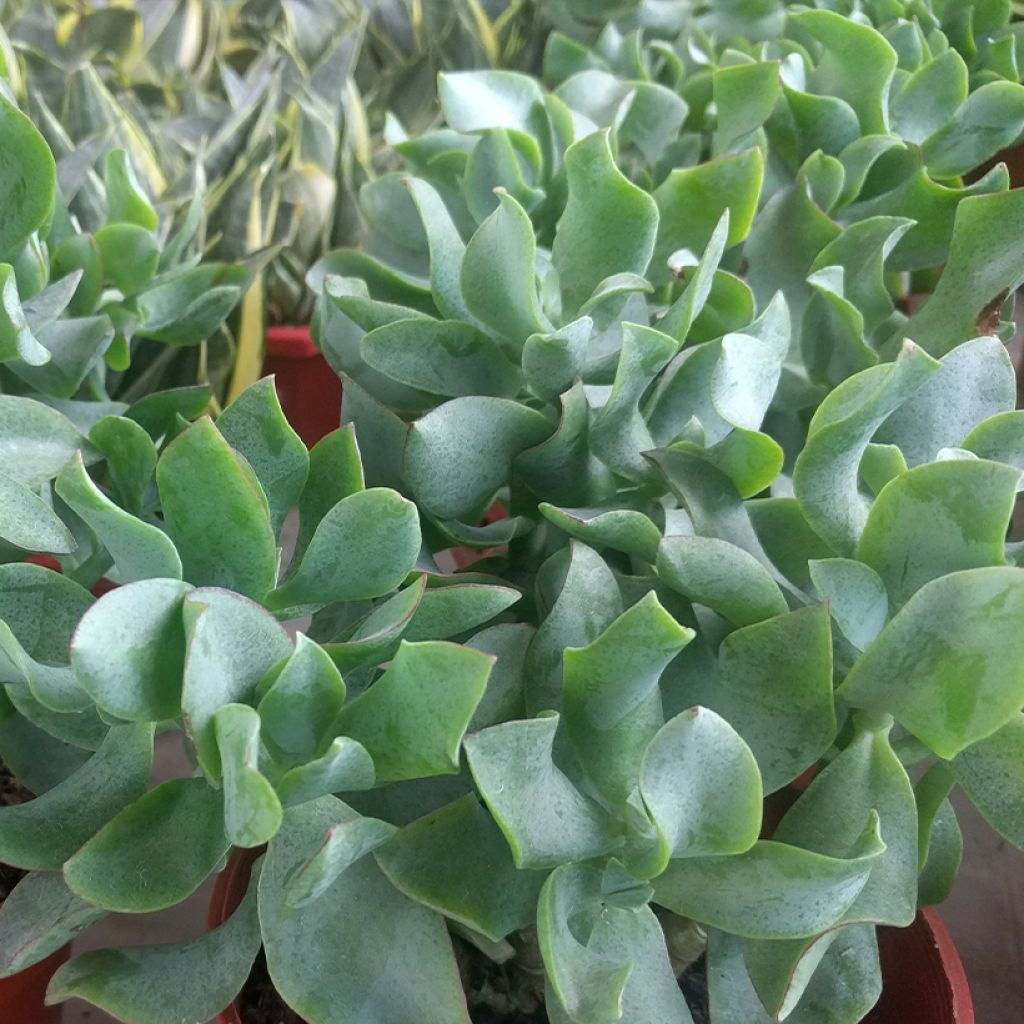

Crassula arborescens Curly Grey
Crassula arborescens Curly Grey
Crassula arborescens Curly Grey
Silver Dollar, African Rubber Plant, Brazilian Rubber Plant, Chinese Jade, Chinese Rubber Plant, House Oak, Jade Tree, Japanese Rubber Plant, Persian Rubber Plant, Silver Jade Plant, Tongue-Leaf Milk Plant, Tree Purslane
Special offer!
Receive a €20 voucher for any order over €90 (excluding delivery costs, credit notes, and plastic-free options)!
1- Add your favorite plants to your cart.
2- Once you have reached €90, confirm your order (you can even choose the delivery date!).
3- As soon as your order is shipped, you will receive an email containing your voucher code, valid for 3 months (90 days).
Your voucher is unique and can only be used once, for any order with a minimum value of €20, excluding delivery costs.
Can be combined with other current offers, non-divisible and non-refundable.
Home or relay delivery (depending on size and destination)
Schedule delivery date,
and select date in basket
This plant carries a 12 months recovery warranty
More information
We guarantee the quality of our plants for a full growing cycle, and will replace at our expense any plant that fails to recover under normal climatic and planting conditions.
Would this plant suit my garden?
Set up your Plantfit profile →
Description
The Crassula arborescens 'Curly Grey' is a small bush of South African origin that charms with its very undulating succulent foliage in very soft grey tones and its spreading habit, easy to prune into a dense ball. Not very hardy, it is a plant quickly grown in a pot, indoors, in the conservatory or on the balcony during the summer. Outside, in a coastal garden protected from frost, this picturesque plant creature looks fabulous in a rockery or on a slope with other succulent plants.
The Crassula arborescens 'Curly Grey' is a succulent subshrub of the Crassulaceae family. Most species of the genus Crassula are native to South Africa, where they thrive in bright environments in well-drained, lightweight soils that remain dry during the winter season. The arborescens species require little watering, as its fleshy leaves serve as storage during drier periods. Crassula arborescens is often cultivated as an indoor plant because it does not survive temperatures below -5 °C at its peak. It should be stored indoors, protected from frost, from October onwards. In nature, this bush can reach 3 to 4 m (10 to 13ft). Its winter flowering, white in colour, is quite rare.
The Crassula 'Curly Grey' is a plant that grows quite slowly. It develops a rigid, thick stem measuring up to 10 cm (4in) in diameter, ramified, mimicking a trunk topped with a crown. The bush reaches a height of about 70-80 cm (28-32in) in the long term, with a spread of 60-70 cm (24-28in). The stems bear numerous oblong to rounded, strongly curved, thick, fleshy, more or less greyish leaves. The edge of the lamina turns pink to reddish under the sun's effect. The flowering only occurs on mature plants, after many years, and randomly depending on the growing conditions. It takes the form of flower stalks bearing corymbs of tiny star-shaped, white flowers measuring approximately 5 mm (1in) in diameter. This plant's superficial roots allow it to be quickly grown in pots. In a rockery, watering is unnecessary once the plant has been established.
In very mild climates, by the seaside, it is possible to plant the Crassula arborescens 'Curly Grey' in a rockery or on a well-drained slope alongside the Cape Aster Felicia amelloides, Delospermas, and Sedums that thrive in the same conditions. It also pairs well with the astonishing Mangaves. Elsewhere, it can be planted in a beautiful pot alone or combined with other succulent plants such as sempervivums.
Crassula arborescens Curly Grey in pictures
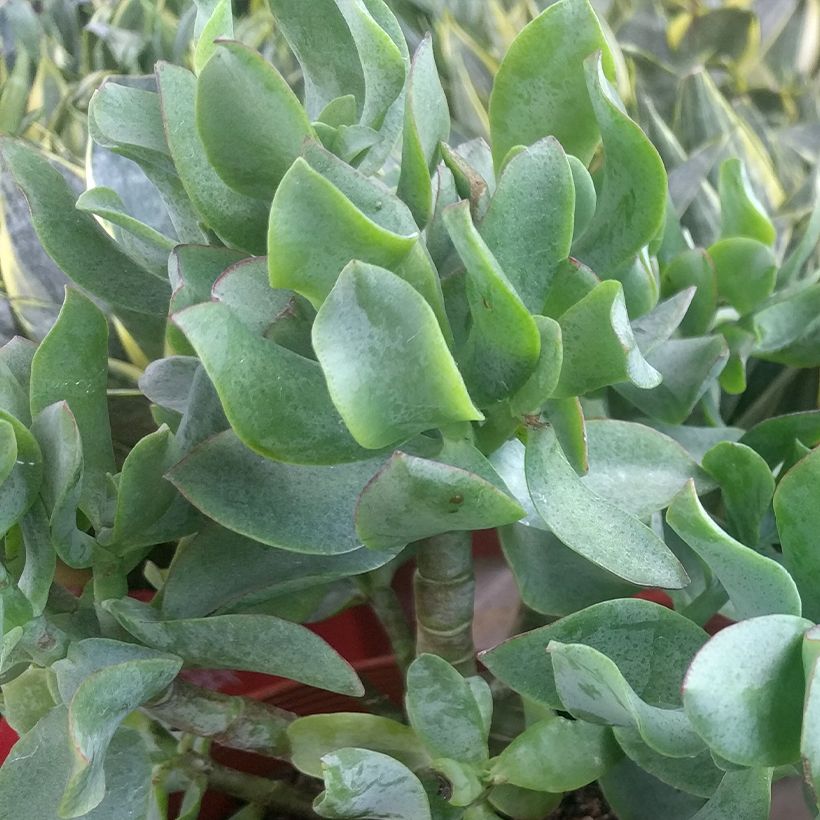

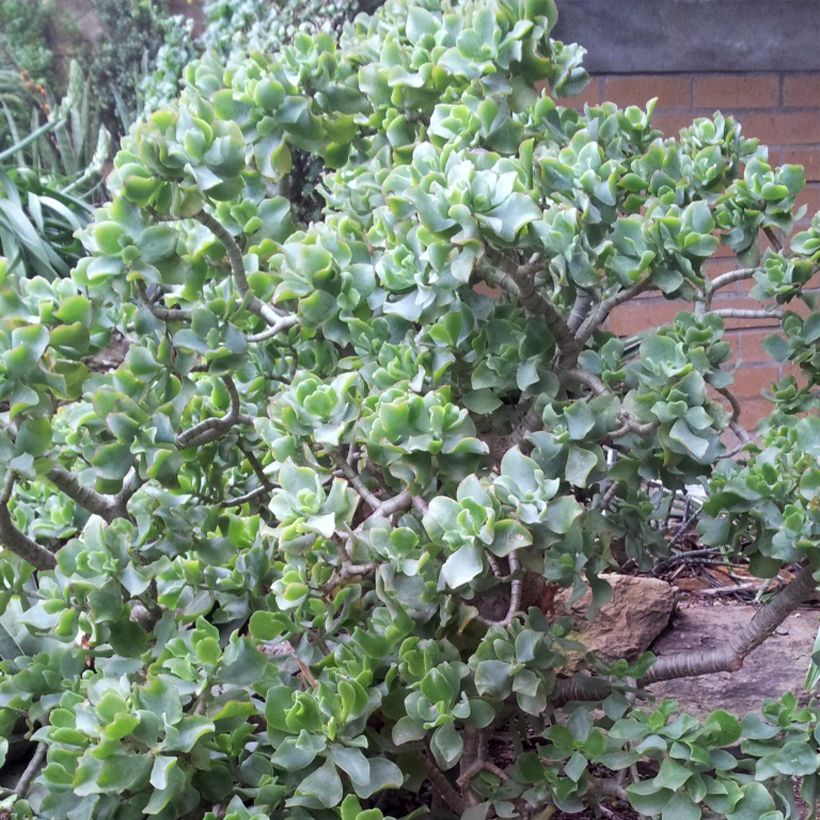

Flowering
Foliage
Plant habit
Botanical data
Crassula
arborescens
Curly Grey
Crassulaceae
Silver Dollar, African Rubber Plant, Brazilian Rubber Plant, Chinese Jade, Chinese Rubber Plant, House Oak, Jade Tree, Japanese Rubber Plant, Persian Rubber Plant, Silver Jade Plant, Tongue-Leaf Milk Plant, Tree Purslane
South Africa
Other Cacti and succulents
View all →Planting and care
Plant the 'Curly Grey' Crassula in a pot or, if necessary, open ground in mild coastal areas. It can be planted in full sun or partial shade but also tolerates shade. Plant it in a well-drained, light, sandy to rocky, poor, relatively dry soil. The foliage will be more colourful in the sun, and the plant will spread more. This succulent does not tolerate frost well but tolerates it better if the substrate is well-drained and remains perfectly dry in winter. Use a growing medium for succulent plants that are both draining and not too poor: a mixture of leaf soil, pumice, and turf or coconut fibre. Regular but moderate watering is necessary throughout the growing season, especially during summer. Apply cactus fertiliser throughout the growth season.
The crassulae are not very susceptible to diseases unless they are overwatered. Watch for the appearance of mealybugs or scale insects, mildew, or thrips.
Overwinter potted plants in a very bright room, even slightly heated. This crassula adapts well to the dry air of our interiors.
Planting period
Intended location
Care
Planting & care advice
This item has not been reviewed yet - be the first to leave a review about it.
Similar products
Haven't found what you were looking for?
Hardiness is the lowest winter temperature a plant can endure without suffering serious damage or even dying. However, hardiness is affected by location (a sheltered area, such as a patio), protection (winter cover) and soil type (hardiness is improved by well-drained soil).

Photo Sharing Terms & Conditions
In order to encourage gardeners to interact and share their experiences, Promesse de fleurs offers various media enabling content to be uploaded onto its Site - in particular via the ‘Photo sharing’ module.
The User agrees to refrain from:
- Posting any content that is illegal, prejudicial, insulting, racist, inciteful to hatred, revisionist, contrary to public decency, that infringes on privacy or on the privacy rights of third parties, in particular the publicity rights of persons and goods, intellectual property rights, or the right to privacy.
- Submitting content on behalf of a third party;
- Impersonate the identity of a third party and/or publish any personal information about a third party;
In general, the User undertakes to refrain from any unethical behaviour.
All Content (in particular text, comments, files, images, photos, videos, creative works, etc.), which may be subject to property or intellectual property rights, image or other private rights, shall remain the property of the User, subject to the limited rights granted by the terms of the licence granted by Promesse de fleurs as stated below. Users are at liberty to publish or not to publish such Content on the Site, notably via the ‘Photo Sharing’ facility, and accept that this Content shall be made public and freely accessible, notably on the Internet.
Users further acknowledge, undertake to have ,and guarantee that they hold all necessary rights and permissions to publish such material on the Site, in particular with regard to the legislation in force pertaining to any privacy, property, intellectual property, image, or contractual rights, or rights of any other nature. By publishing such Content on the Site, Users acknowledge accepting full liability as publishers of the Content within the meaning of the law, and grant Promesse de fleurs, free of charge, an inclusive, worldwide licence for the said Content for the entire duration of its publication, including all reproduction, representation, up/downloading, displaying, performing, transmission, and storage rights.
Users also grant permission for their name to be linked to the Content and accept that this link may not always be made available.
By engaging in posting material, Users consent to their Content becoming automatically accessible on the Internet, in particular on other sites and/or blogs and/or web pages of the Promesse de fleurs site, including in particular social pages and the Promesse de fleurs catalogue.
Users may secure the removal of entrusted content free of charge by issuing a simple request via our contact form.
The flowering period indicated on our website applies to countries and regions located in USDA zone 8 (France, the United Kingdom, Ireland, the Netherlands, etc.)
It will vary according to where you live:
- In zones 9 to 10 (Italy, Spain, Greece, etc.), flowering will occur about 2 to 4 weeks earlier.
- In zones 6 to 7 (Germany, Poland, Slovenia, and lower mountainous regions), flowering will be delayed by 2 to 3 weeks.
- In zone 5 (Central Europe, Scandinavia), blooming will be delayed by 3 to 5 weeks.
In temperate climates, pruning of spring-flowering shrubs (forsythia, spireas, etc.) should be done just after flowering.
Pruning of summer-flowering shrubs (Indian Lilac, Perovskia, etc.) can be done in winter or spring.
In cold regions as well as with frost-sensitive plants, avoid pruning too early when severe frosts may still occur.
The planting period indicated on our website applies to countries and regions located in USDA zone 8 (France, United Kingdom, Ireland, Netherlands).
It will vary according to where you live:
- In Mediterranean zones (Marseille, Madrid, Milan, etc.), autumn and winter are the best planting periods.
- In continental zones (Strasbourg, Munich, Vienna, etc.), delay planting by 2 to 3 weeks in spring and bring it forward by 2 to 4 weeks in autumn.
- In mountainous regions (the Alps, Pyrenees, Carpathians, etc.), it is best to plant in late spring (May-June) or late summer (August-September).
The harvesting period indicated on our website applies to countries and regions in USDA zone 8 (France, England, Ireland, the Netherlands).
In colder areas (Scandinavia, Poland, Austria...) fruit and vegetable harvests are likely to be delayed by 3-4 weeks.
In warmer areas (Italy, Spain, Greece, etc.), harvesting will probably take place earlier, depending on weather conditions.
The sowing periods indicated on our website apply to countries and regions within USDA Zone 8 (France, UK, Ireland, Netherlands).
In colder areas (Scandinavia, Poland, Austria...), delay any outdoor sowing by 3-4 weeks, or sow under glass.
In warmer climes (Italy, Spain, Greece, etc.), bring outdoor sowing forward by a few weeks.






























